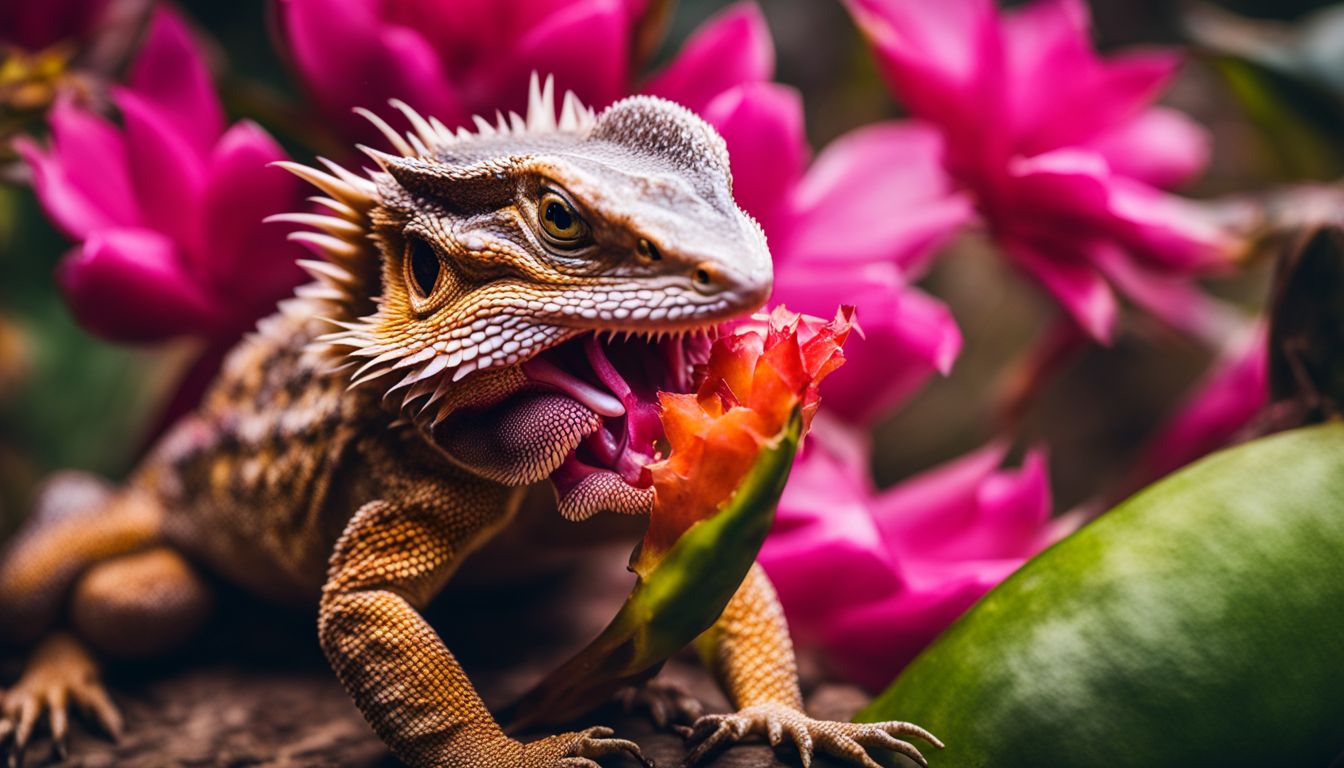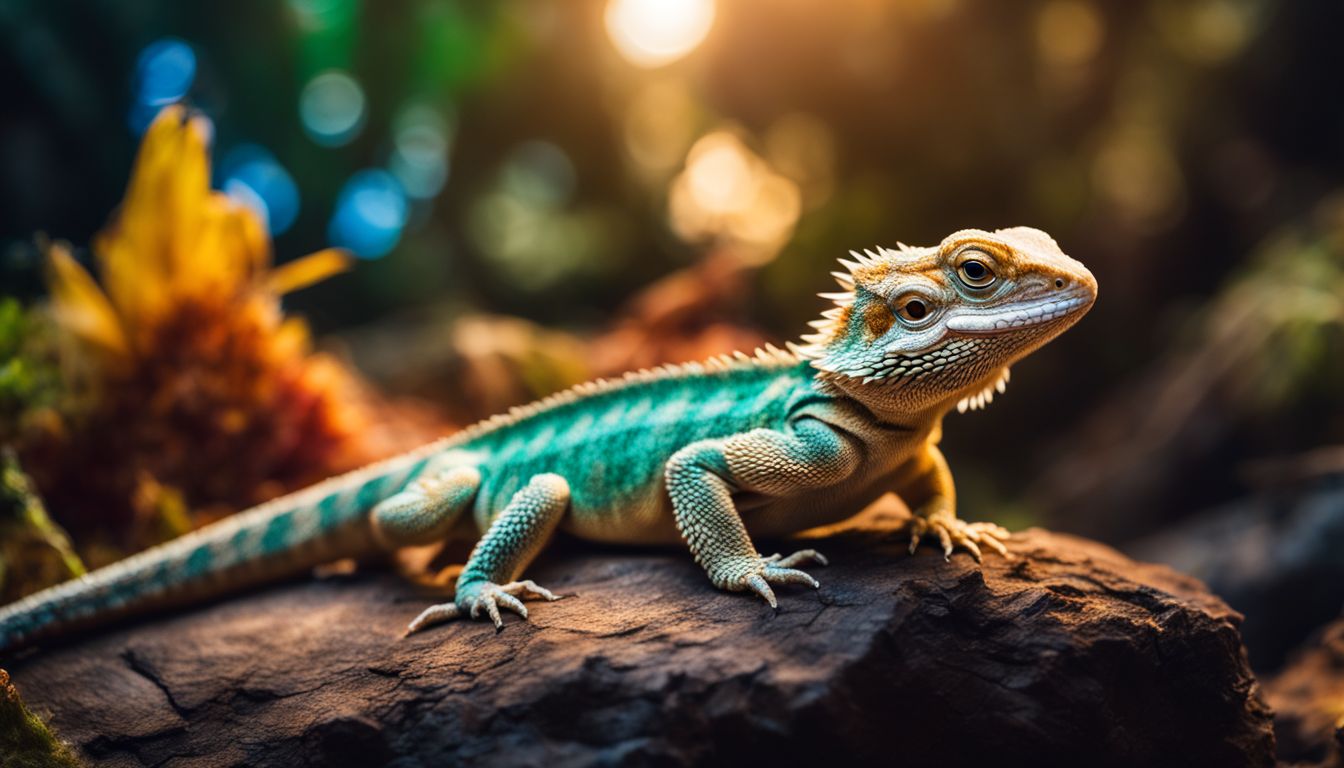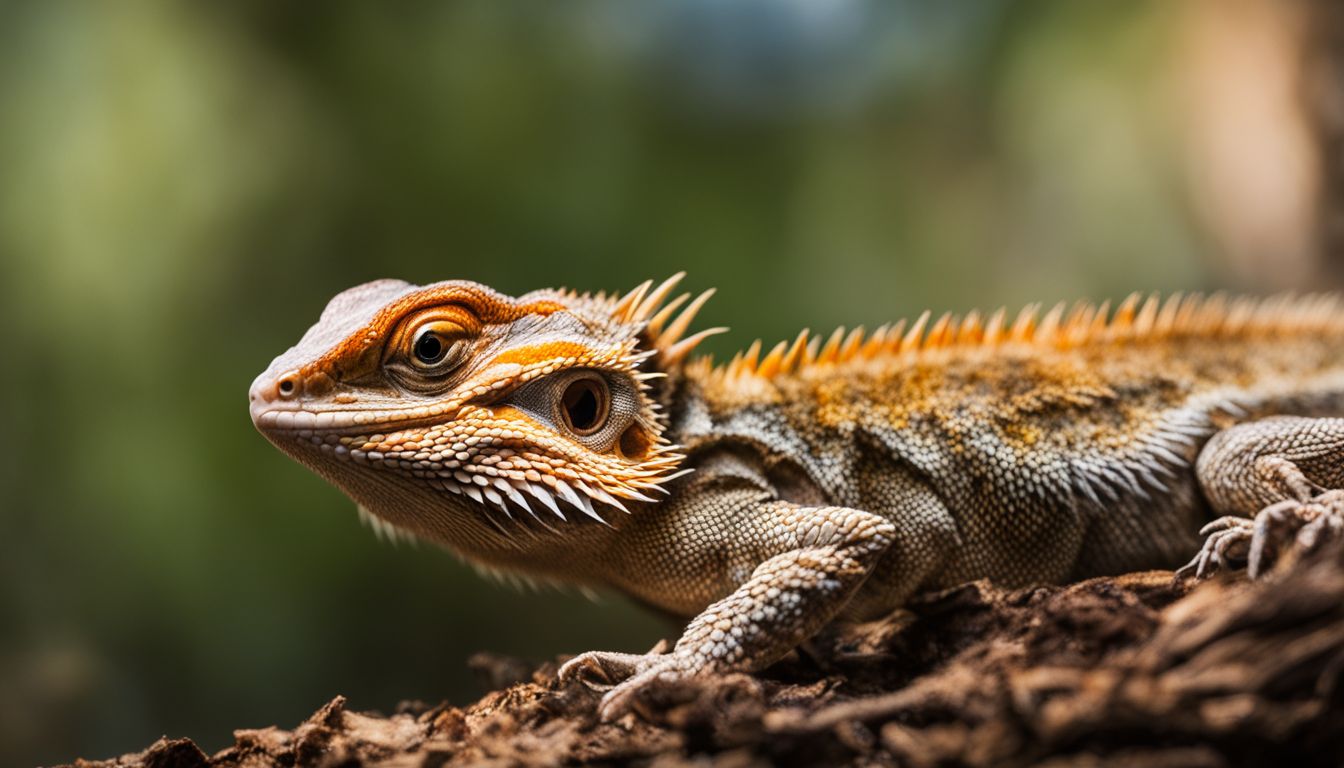Spiders sneaking into your home can be a real headache. It’s fascinating to learn that these eight-legged visitors dislike certain colors, especially blue and yellow. Our blog will guide you through using this color knowledge to make your spaces less inviting to spiders.
Keep reading for some colorful tips!
Key Takeaways
- Spiders dislike light blue and are attracted to colors like green, white, and yellow due to their vision and hunting behavior.
- Incorporating spider – repelling colors such as light blue, lavender, or mint green in your home decor can help deter spiders from entering your living spaces.
- Using natural scents like vinegar, mint, citrus, cinnamon, and diatomaceous earth can effectively repel spiders without the use of harsh chemicals.
- Understanding color preferences and natural repellents can contribute significantly to keeping spiders away from your home.
Exploring the Color Spectrum: What Colors Do Spiders Dislike??

Spiders have been shown to dislike the color light blue, making it a natural deterrent for them. However, some colors can actually attract spiders, so understanding their color preferences is key to keeping them away.
The Repellent Effect of Light Blue
Light blue color has a special power against spiders. Many people paint their porches this color to keep the crawly creatures away. It’s not just a rumor; studies back up that spiders really don’t like light blue.
So, if you’re looking for a simple way to make your space less inviting to spiders, consider adding some light blue.
The use of light blue can help control where these eight-legged guests go. For example, if you don’t want them near certain areas of your home or garden, think about using light blue materials there.
Now let’s see which other colors might attract or repel spiders!
The Attraction of Spiders to Certain Colors
While light blue might turn spiders away, other shades have the opposite effect, drawing them in. For example, the color green is a big favorite for these eight-legged creatures. It’s like a welcome sign for spiders but sends bugs packing.
This love for green comes in handy in nature because lots of their prey hangs around green plants.
Spiders also often get close to bright white or yellow objects. These colors stand out and help them spot insects that are attracted to those same vivid hues. So, if you see more spiders than usual near your daisies or garden lights at night, this could be why! They’re not there to enjoy the view; they’re on the hunt for food that can’t resist bright colors either.
The Science Behind Spiders’ Color Preferences

Spiders perceive colors differently than humans due to their dichromatic vision and compound eyes. The green wavelength is particularly attractive to spiders, which can influence their behavior and habitat choices.
https://www.youtube.com/watch?v=wV3xLIpWlQo
How Spiders Perceive Colors
Spiders see the world differently from humans. They have eyes that can detect green and ultraviolet light. This means they cannot see all colors like people do. Their vision is not as clear or colorful.
It’s kind of like seeing through a camera with only two types of color settings.
Scientists found out peacock jumping spiders have special eyes. These spiders can see more than just green and ultraviolet. They need this to look at bright colors on other spiders when they show off for mates.
So, while most spiders don’t care about many colors, some do use color in their lives.
The Role of Green in Spider Behavior
Let’s delve into the world of spider behavior and color preference. Wolf spiders, for example, are particularly drawn to green hues. Studies show that these spiders respond more to green light and ultraviolet light, which means they are attracted to the color green because they can see it well.
In fact, university studies have found that using green light can reduce spider activity!
Wolf spiders seem to love the color green due to their unique vision – they’re basically colorblind but can perceive shades of green and ultraviolet light. This makes them especially sensitive to these colors, ultimately impacting their behavior.
Practical Tips for Using Colors to Deter Spiders
Incorporate spider-repelling colors in your home decor by choosing light blue, lavender, or mint green. Consider painting your ceilings and porches with these colors to deter spiders from entering your living space.
Additionally, pay attention to the exterior colors of your home as certain shades can attract more spiders.
Incorporating Spider-Repelling Colors in Your Decor
To keep spiders away, use colors they dislike like blue and green in your decor. Here are some practical tips:
- Paint your walls or furniture light blue to deter spiders as research has shown that they hate this color.
- Use green shades in your decor as spiders can only see green and blue within the visible spectrum, and these colors can help repel them.
- Choose curtains, rugs, and other textiles in spider – repelling colors to create an unfriendly environment for spiders.
- Consider using natural scents like peppermint oil or tea tree oil, which spiders avoid, to complement your color choices.
- Avoid bright colors like yellow, white, and orange in your decor as these can attract spiders instead of repelling them.
- Keep the lighting in your home minimal at night since many insects, including those that spiders feed on, are active during this time.
The Impact of Exterior Colors on Spider Populations
When considering the impact of exterior colors on spider populations, it’s important to understand that spiders are more attracted to certain hues while being repelled by others. According to a study from the University of Cincinnati, spiders cannot perceive colors with longer wavelengths like red, yellow, or orange.
They are drawn to specific colors and tend to avoid blue light which is often used as a repellent for insects, including spiders. Therefore, choosing exterior paint colors leaning towards shades like light blue can help deter spiders from building their webs around your home.
This simple adjustment in color choice can play a significant role in reducing spider infestations without the need for harsh chemicals or complex deterrents.
Additional Spider Repellent Strategies
Discovering natural scents that spiders avoid and understanding the truth about light attraction and spiders can provide valuable insight into keeping these pests away. The effectiveness of chemical repellents in deterring spiders is also an important factor to consider for a well-rounded spider control approach.
Natural Scents That Spiders Avoid
Spiders hate certain scents and you can use these to keep them away. Here are some natural scents that spiders avoid:
- Vinegar: The strong smell of vinegar repels spiders, so spraying a solution of vinegar and water in spider-prone areas can discourage them from setting up webs.
- Mint: Mint has a potent aroma that spiders find unpleasant, so using mint-scented products or planting mint around your home can help deter spiders.
- Citrus: Spiders dislike the intense citrus smell of fruits like lemon, lime, and orange. Using citrus-scented soaps or sprays can discourage spiders from entering your space.
- Cinnamon: The strong and spicy scent of cinnamon is another scent that spiders hate. Sprinkling cinnamon in areas where spiders frequent can repel them.
- Diatomaceous Earth: This powdery substance contains microscopic sharp edges that can harm insects, including spiders, making it an effective natural repellent when spread in key areas.
The Truth About Light Attraction and Spiders
Spiders are not drawn directly to LED lights, but they might be attracted to the bugs flying around the light bulbs. Research from the University of Cincinnati shows that wolf spiders respond more to certain hues, suggesting spiders may be attracted to specific colors.
While LED lights may attract fewer insects than other colors, they don’t necessarily repel spiders. Understanding how light attracts insects can help in deterring spider populations effectively.
– Exploring the Color Spectrum: What Colors Do Spiders Dislike?
Understanding the Effectiveness of Chemical Repellents
Chemical repellents are effective for keeping spiders away. Using chemical repellents consistently is important to see results. Cleaning daily and using these repellents can help in preventing spiders from entering your living space.
However, it’s essential to use them according to the instructions provided on the product label for safety and effectiveness.
Regular use of chemical repellents can significantly reduce spider presence indoors and outdoors. It’s crucial to follow the recommended application methods for each specific type of chemical repellent to ensure maximum effectiveness.
By combining regular cleaning habits with the proper use of chemical repellents, you can effectively keep spiders at bay.
Conclusion
In conclusion, knowing what colors spiders dislike can help keep them away from your home. Light blue and yellow are the key colors that spiders tend to hate. You can use this knowledge to decorate your surroundings or choose exterior colors that repel spiders effectively.
Along with color choices, natural scents and essential oils can also be used as spider deterrents. Understanding these simple strategies can make a big difference in keeping spiders at bay without harmful chemicals or expensive solutions.
For more information on spider control methods, explore our detailed guide on whether using bleach can effectively kill spiders.
FAQs
1. What color do spiders not like?
Spiders don’t really hate any color because they see differently from humans. Their eyes have retinal cells called cones, but they are not as good as human eyesight.
2. How can I keep spiders away without using colors?
You can use essential oils in a spray bottle or dry some dryer sheets to make natural spider repellents that smell strong and keep them away.
3. Do all spiders see the same way at night?
No, not all spiders are active at night, and those who are might have a better night vision to help them get around when it’s dark.
4. Can people who are afraid of spiders use certain colors to stop seeing them?
Since color doesn’t repel spiders well, an arachnophobe should try other methods like essential oil sprays instead of relying on colors.
5. Did someone study how spiders see?
Yes, experts like George Uetz have studied spider vision. They found that even though spiders have many eyes with trichromatic vision similar to ours, their sight is very different.




